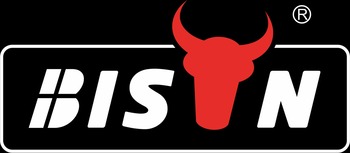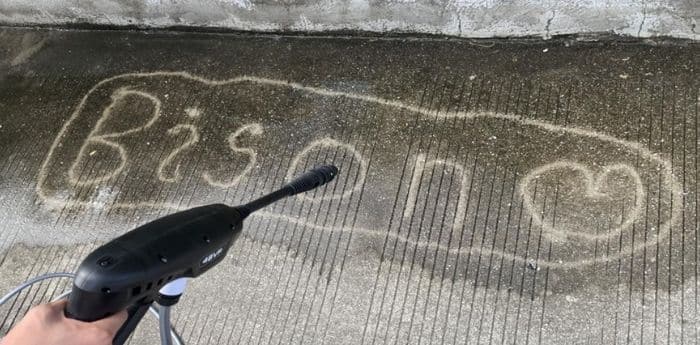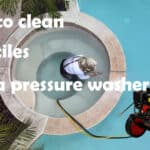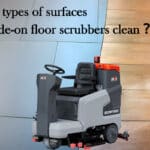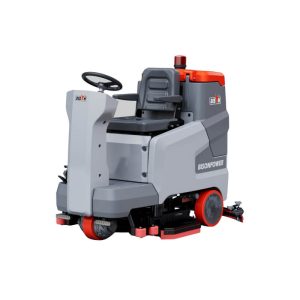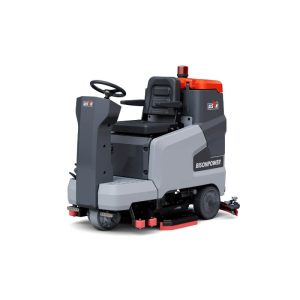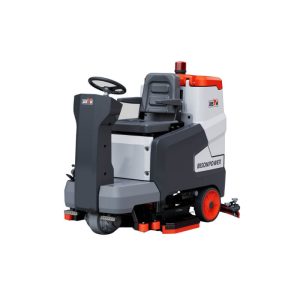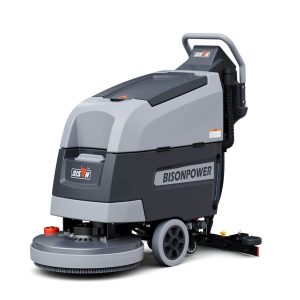
BISON Santy
Hello, I am Santy, the funder of bisonclean.com. I have been in cleaning machinery field for more than 5 years now, and the purpose of this article is to share with you the knowledge related to pressure washer from a Chinese supplier's perspective.
Table of Contents
A floor scrubber is a powerful cleaning machine designed to efficiently clean and maintain large floor surfaces in commercial, industrial, and institutional settings. This versatile device combines the functions of sweeping, scrubbing and drying floors into one streamlined process, removing dirt, grime and stains from different types of floor surfaces, revolutionizing the way we approach floor maintenance in large spaces.
Traditional mopping can take hours to clean large areas and often leave floors wet and potentially dangerous, but floor scrubbers can clean the same space in up to 90% less time, leaving the surface instantly dry and ready for walking on.
In this comprehensive guide, BISON will walk you through everything you need to know about how to use a floor scrubber effectively – from basic preparation to advanced operating techniques and proper maintenance procedures. The key to optimizing a floor scrubber’s performance and extending its life is knowing how to operate it properly, whether you’re a cleaner, facility manager, or dealer. You can easily follow these instructions to use a floor scrubber and learn about its convenience.
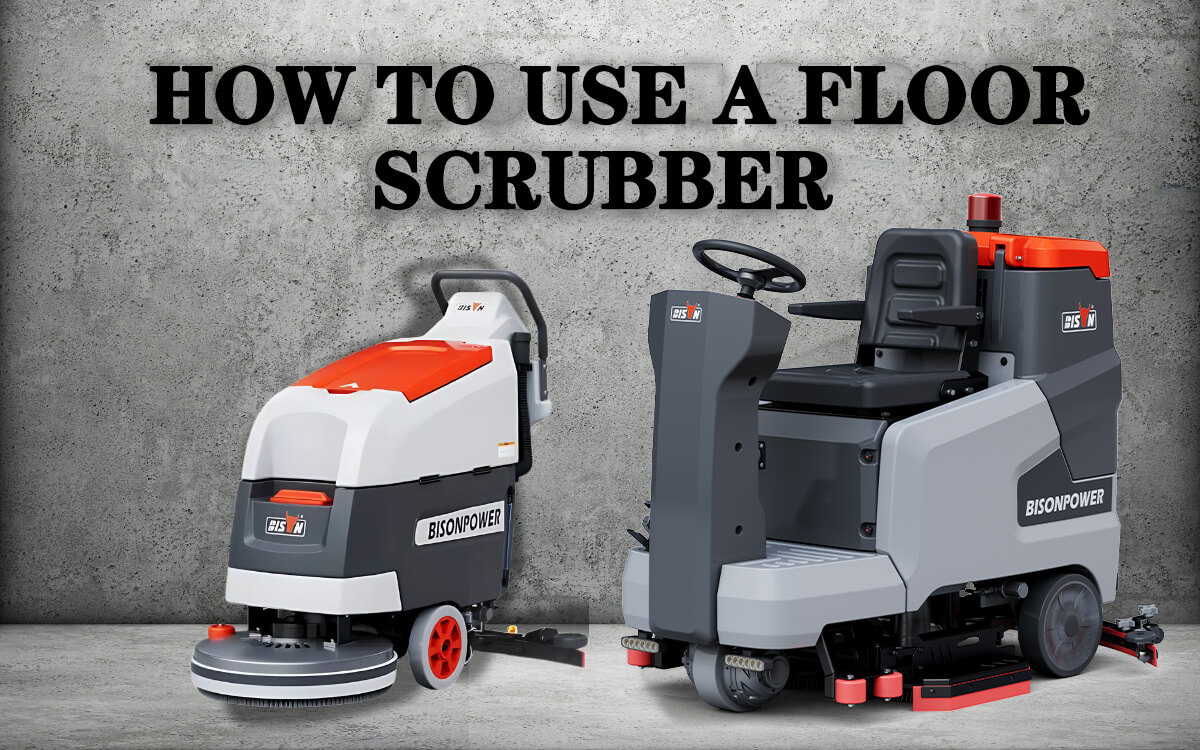
Types of floor scrubbers
Understanding the different types of floor scrubbers is important for choosing the right machine for your cleaning needs. The two main categories of floor scrubbers – walk-behind and ride-on models – each serve distinct purposes and environments.
Walk-behind floor scrubbers
The operator walks behind the machine to guide it. Walk-behind floor scrubbers are compact, versatile machines. For moderately sized surfaces, walk-behind floor scrubbers like the BISON and others can be an affordable option. These machines typically have a cleaning path width of 70 to 82 cm, making them ideal for cleaning areas between 1,000 and 25,000 square feet, such as small venues like shops, schools, and healthcare facilities.
Ride-on floor scrubbers
Like operating a buggy, the operator sits atop the machine and steers it. For larger floor surfaces, use a BISON ride-on floor scrubber, a powerful machine designed for large-scale cleaning jobs. These machines typically feature cleaning paths from 90 to 120 cm wide and are ideal for areas exceeding 25,000 square feet. As a result, they are often seen in wide areas such as airports.
Preparing to use a floor scrubber
This phase includes three main tasks: selecting the right type of scrubber, observing safety precautions, and inspecting the condition of the floor.
1. Choose the right floor scrubber
You can easily find the right floor scrubber from the brief introduction of floor scrubbers above. If you are still confused, you can read “walk-behind floor scrubber vs rind-on floor scrubber” to find the right cleaning tool. Before turning on the machine, you should first check whether the floor scrubber has obvious damage, whether the brush is worn, whether the battery is full, whether the recycling bin is empty, etc.
2.Safety precautions
Different types of BISON floor scrubbers have different operation methods and safety guidelines. Before operating the floor scrubber, you must be familiar with the machine through the user manual to effectively prevent accidents and floor scrubber damage. In addition, please wear appropriate personal protective equipment according to the on-site environment, such as non-slip shoes, protective gloves, etc.
3.Examine the floor’s condition
A thorough inspection of the area to be cleaned is crucial. Before using the floor scrubber, please remove any large debris, loose objects, or obstacles on the floor that may hinder its operation. This will prevent the scrubber from gathering large debris that could harm the device or obstruct the cleaning process.
How to use a floor scrubber
Step 1: Starting the machine and basic controls
- Fill the solution tank with cleaning solution and always check that the tank is full.
- Insert the key or press the power button to start the machine
- Check whether the indicator light is working properly
- Control the squeegee and V-shaped water scraper assembly to descend to the ground
- Control the brush plate assembly to descend and stick to the ground
- Turn on the running warning light or headlight (depending on the actual situation)
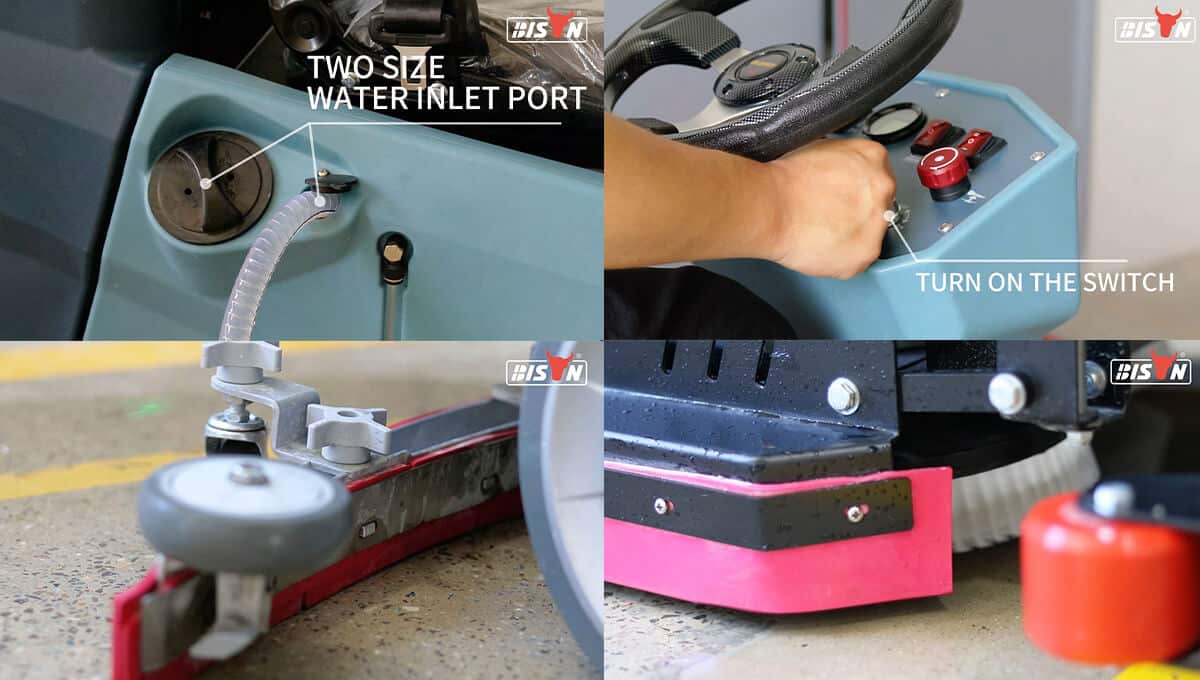
Step 2: Adjust the appropriate settings
Choosing different settings combinations according to different cleaning situations can not only improve cleaning efficiency but also save cleaning costs.
For smooth floors or light cleaning, lower brush pressure, reduced solution flow, and faster moving speed should be used.
For rough floors or severe contamination, higher brush pressure and solution flow should be used, and slower moving speeds should be used.
Step 3: Operating the floor scrubber
When using a walk-behind floor scrubber, hold the handle tightly and step forward to move the machine forward. The ride-on floor scrubber uses a steering wheel and accelerator to control the movement of the machine. When driving, you should fasten your seat belt, control the speed, and avoid collisions. You need to move and keep the speed constant when cleaning the floor. To ensure that no areas are missed, overlap slightly with each cleaning trajectory (about 2-3 inches).
It is best to start cleaning from the farthest corner of the area and work backward toward the exit, making wide and gradual turns instead of sharp turns. Keep a proper distance of about 1-2 inches when approaching walls or obstacles.
Use the floor scrubber several times in areas that are very dirty or have stubborn stains, and consider pre-treating the area with a stronger cleaning solution to remove stubborn stains.
After the use of procedures and maintenance
1.Empty the recovery tank and solution tank
Completely empty the recovery tank (which holds the waste water) and solution tank and turn off the floor scrubber. Rinse the tank thoroughly with clean water and leave the tank cap open until the tank is completely dry to prevent mold growth.
2.Cleaning components
Remove the squeegee assembly and disc brush to rinse and inspect for wear. The disc brush may not dry quickly and needs to be hung to dry.
3.Storage method
Lift the squeegee assembly and disc brush assembly when storing. Store in a clean, dry, ventilated environment without direct sunlight and extreme temperatures.
Conclusion
Proper use of the floor scrubber is a systematic process, a simple process. As we have discussed in this guide, successful floor scrubber operation requires attention to the following: adequate safety measures; correct machine setup and operating procedures; and consistent post-use maintenance. Each of these steps plays a vital role in achieving optimal cleaning results and ensuring the longevity of your equipment.
When choosing a reliable floor scrubber, BISON stands out as the leading floor scrubber manufacturer in China . Solid construction and efficient cleaning efficiency are the product philosophy of the BISON floor scrubber. The floor scrubbers we offer are usually 50kg heavier than other brands. Not only that, BISON uses imported Ametek and AMAR series motors, which have a suction power that is more than 2 times that of ordinary floor scrubbers. If you are a dealer interested in exploring the new floor scrubber, contact BISON immediately. While ensuring quality, we also provide comprehensive customer service.
You might also enjoy
Questions?
Contact Us Today.
Related Products
Find more?
Related Posts
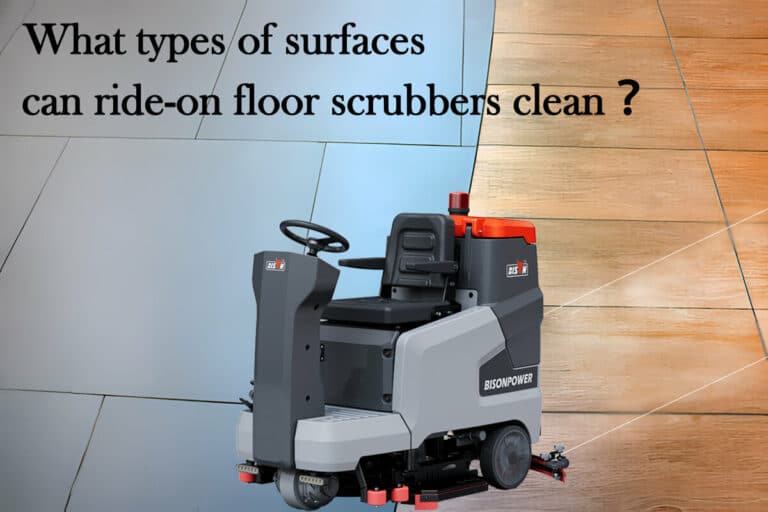
What types of surfaces can ride-on floor scrubbers clean?
The purpose of this blog is to examine the types of surfaces that ride-on floor scrubbers can clean and understand their versatility and applications.
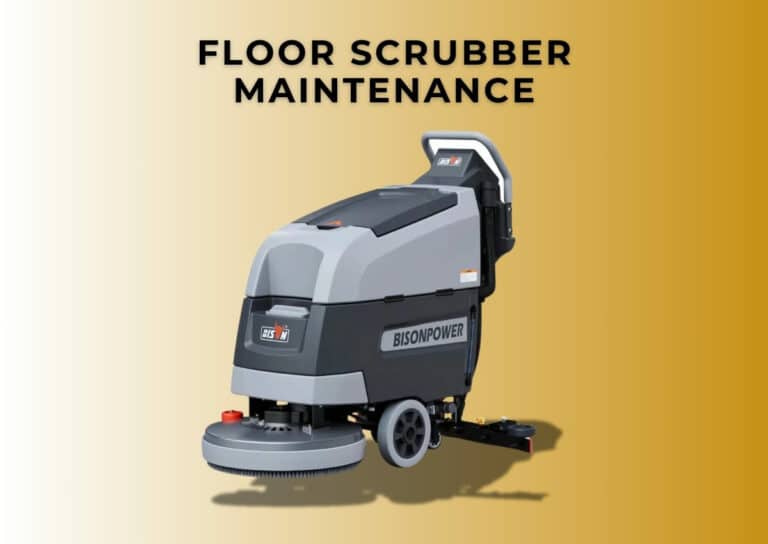
Floor scrubber maintenance: Extending equipment life
This article explains how to maintain a floor scrubber, including daily, weekly, and monthly maintenance procedures, common problems, and troubleshooting.
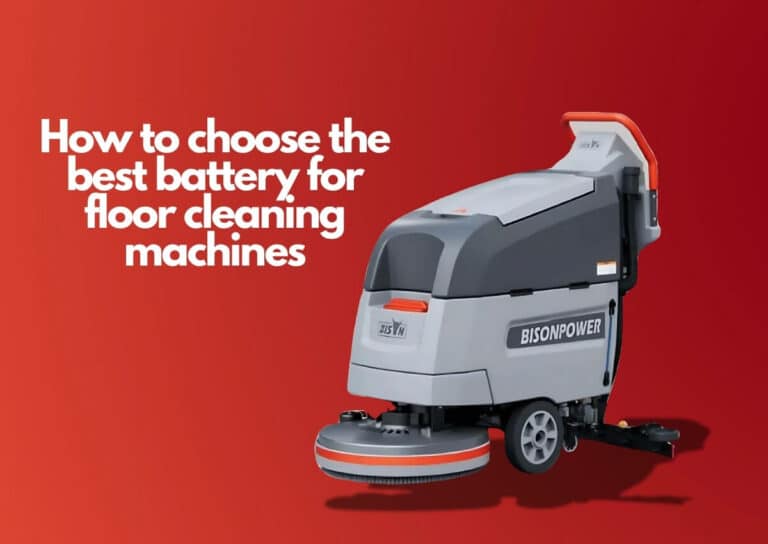
How to choose the best battery for floor cleaning machines
This blog aims to guide readers in choosing the best battery for their floor cleaning machines, ensuring optimal functionality and improved operational outcomes
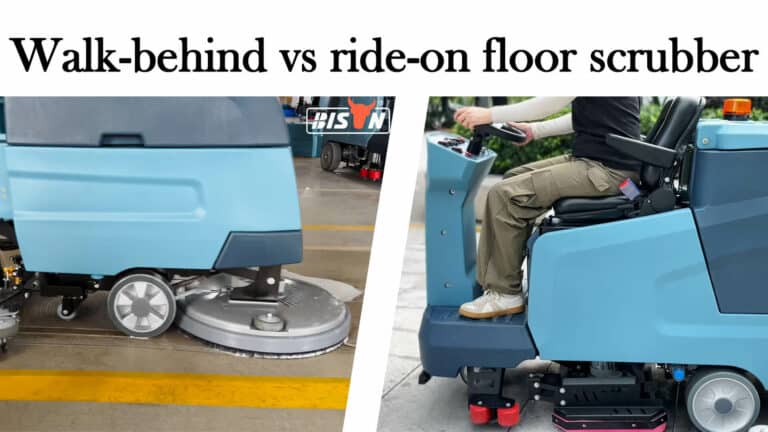
Walk-behind vs ride-on floor scrubber
This blog will compare walk-behind and ride-on floor scrubbers from the aspects of Performance factors, operating considerations, Cost analysis, etc.
